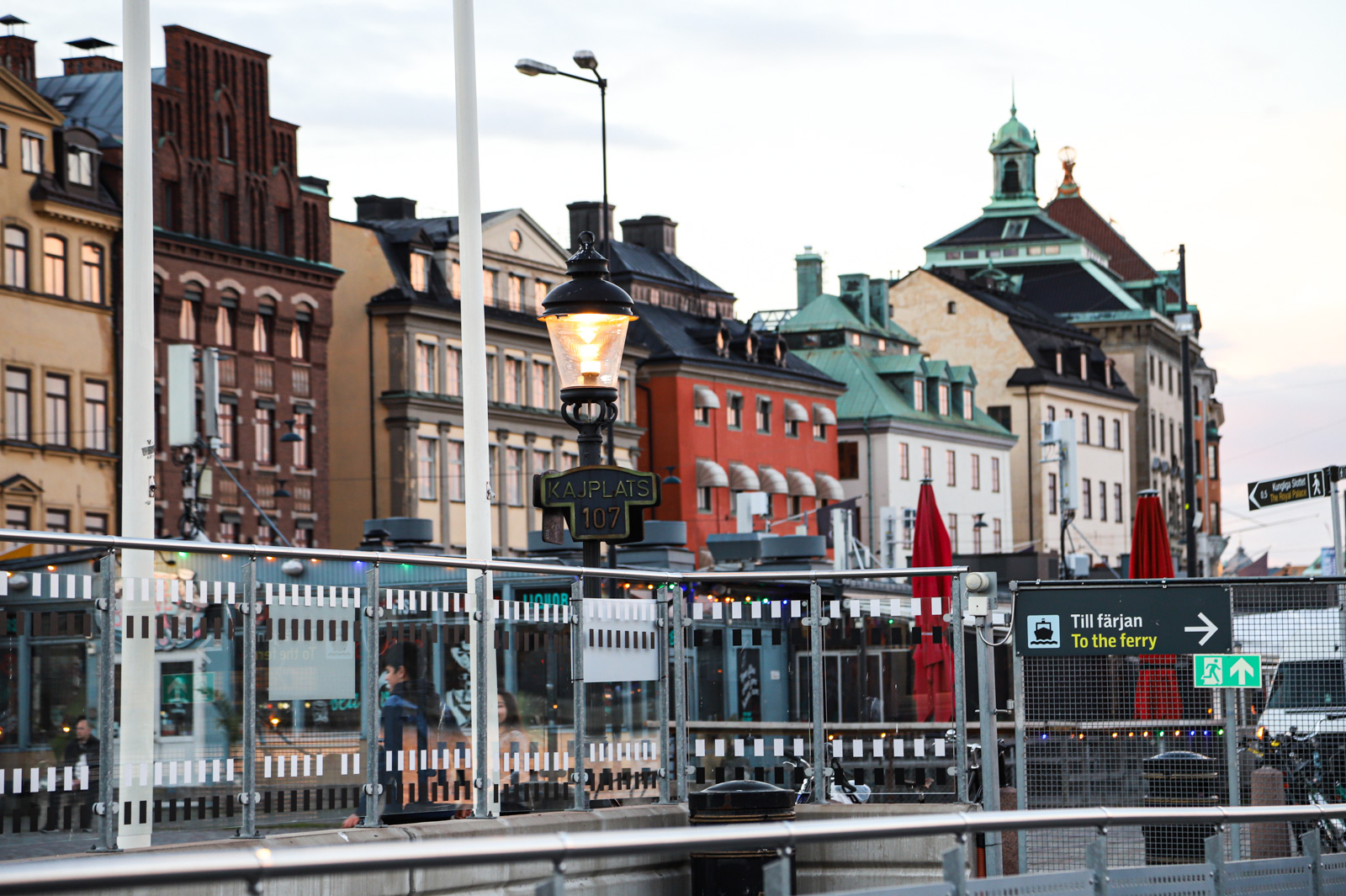Automatic translation
Want to go back in time in Stockholm? Direction Gamla Stan!
Literally "the old town", Gamla Stan is the origin of Stockholm over 700 years ago. This neighborhood medieval past the 13th century and we discover happiness with a rich and preserved heritage. Gamla Stan extends over 3 islands which form a natural border between Lake Mälaren and the Baltic Sea. Stadsholmen is the largest island, home to the Royal Castle and the Cathedral. To the east you will find Riddarholmen with its old church, the necropolis of the Swedish rulers, and to the north, the islet of Helgeandsholmen where the Parliament stands. It is the quintessential tourist district but you cannot visit Stockholm without exploring this iconic and picturesque part of the city!

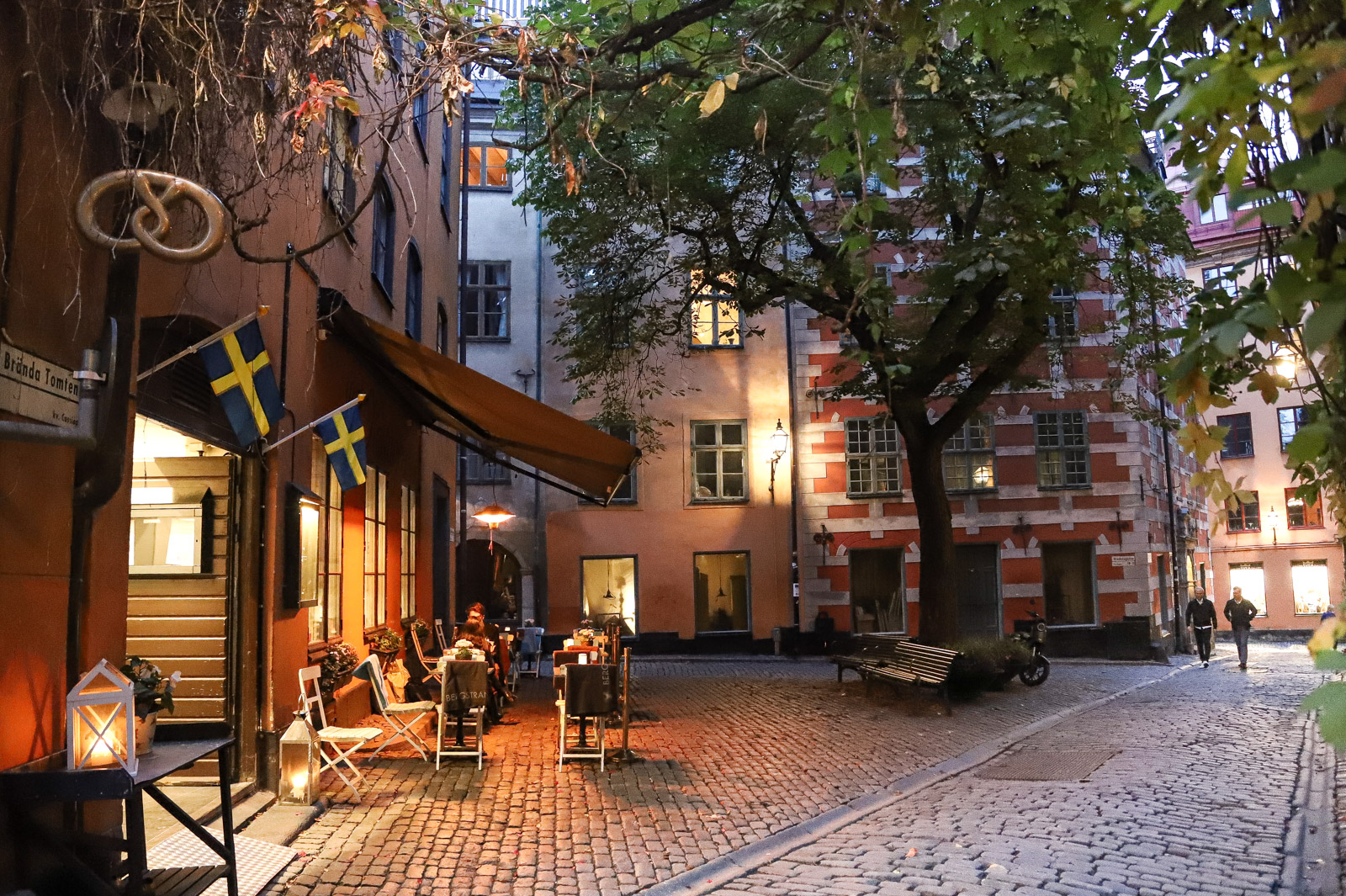
sponsored content
Most streets in Gamla Stan are closed to traffic and reserved for pedestrians. Its main axis Västerlanggatan is the longest shopping street in the city. It is full of gorgeous old houses remarkably well preserved architecture characteristic of the period of the Middle Ages but also baroque, inspired by the Renaissance or Romantic early 20th century. From the mid-19th to the early 20th century, Gamla Stan was a poor and run down, overcrowded and overrun by disease. Many alleys in this part of town were demolished after WWII to enlarge the Riksdag (Parliament).
The district of Gamla Stan has preserved its medieval atmosphere with its narrow, dark and sloping alleys, its squares, its antique shops, its second-hand shops, its souvenir shops, its craft shops and its art galleries grouped together in the two Västerlanggatan and Österlanggatan streets. On the other side of the old town to the east, Stora Nygatan and Lilla Nygatan streets concentrate traditional restaurants and typical cafes.
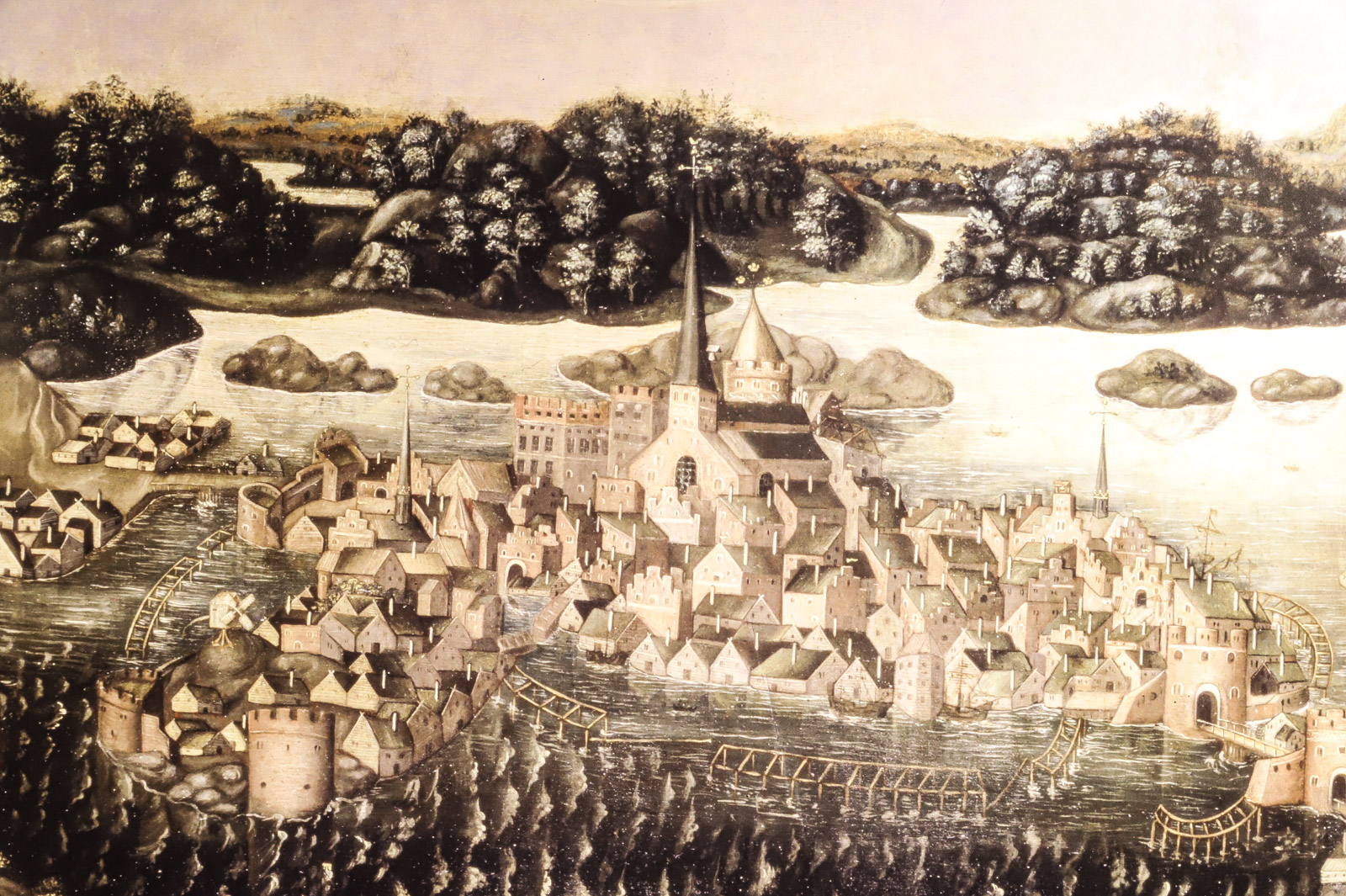
This painting "Vädersolstavlan" dates from the year 1535 and is the oldest image of Gamla Stan and Stockholm. Probably painted by Urban Malare, this work no longer exists but a copy dating from the 1630s painted by Jacod Elbfas can be admired in Storkyrkan Cathedral.
During the end of the year celebrations, the Christmas market takes place on Place Stortorget, the historic center of the medieval town. Its name means "great place" because at the time of the founding of the city in the 13th century it was a large and was the neuralgic heart of the city surrounded by walls. Since its wooden houses were replaced by more solid structures in the 17 th and 18 th century.
What to see in Gamla Stan?
Prästgatan
Kungliga Slottet, the Royal Palace
Storkyrkan Cathedral
Overlooking the Slottsbacken the entrance to the Royal Palace, the Cathedral was built in the 13th century on the highest point of Stadsholmen by Birger Jarl, the founder of the city. This simple wooden chapel destroyed by fire gave way to a larger church in 1306. She underwent multiple transformations in the 15th century inspired by Gothic architecture. Enlarged and embellished, it became “the Cathedral with 5 naves”. Its interiors richly decorated house from the 17th century sumptuous works of art. Among these treasures, visitors can admire the sculpture oak and horn momentum of the 15th century "Saint George slaying the dragon", the gigantic painting of the "Last Judgment" dating from 1696 or "the crucifixion of Christ" Painted in the Renaissance. Note also the incredible seven-branched candlestick, 3.70 meters high, more than 600 years old.
Tyska Kyrkan, the German Church
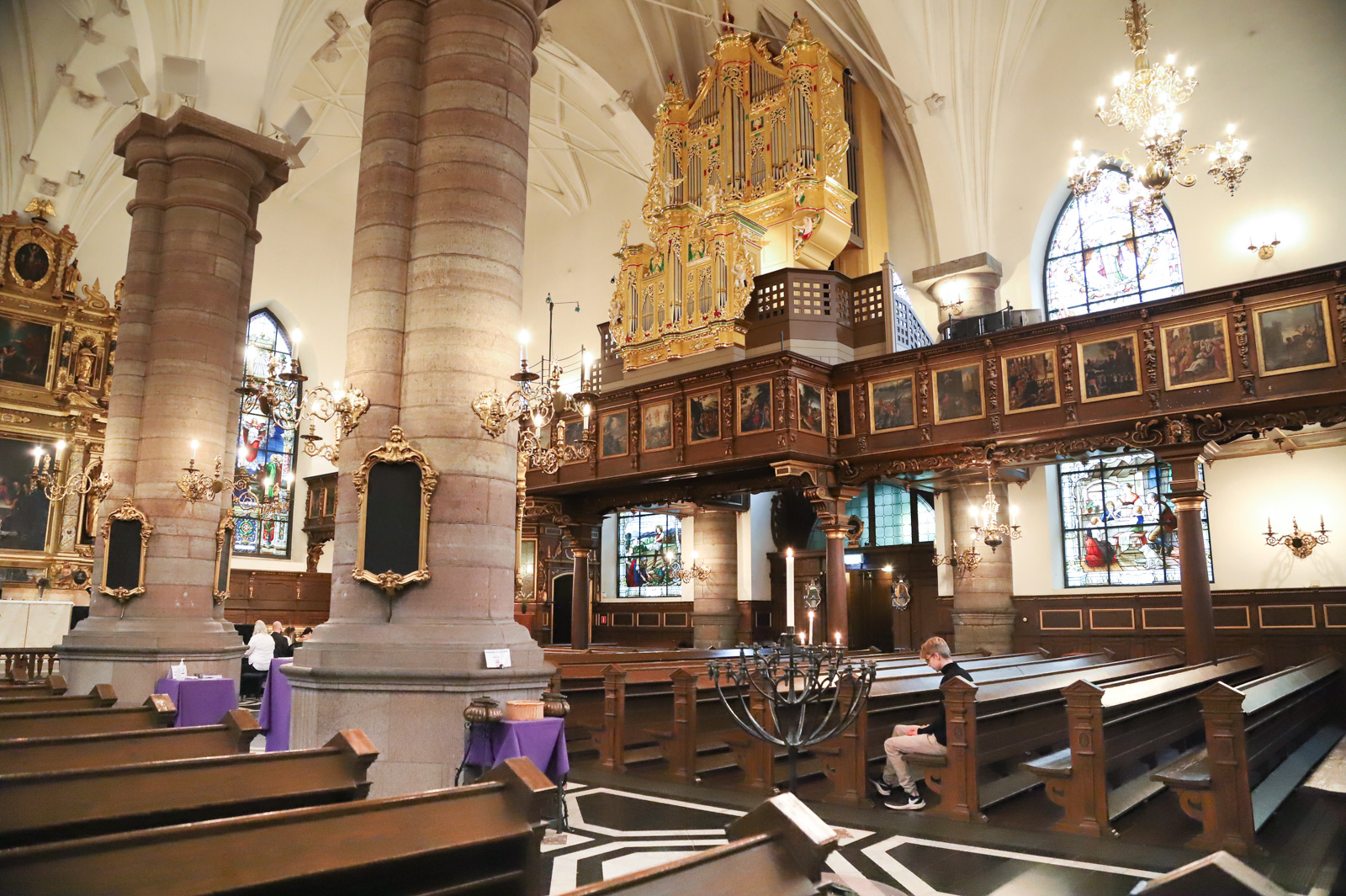
Strolling through the alleys of the old town, you will inevitably come face to face with the German church (Tyska kyrkan), whose 96-meter-high copper spire proudly dominates the skyline of Gamla Stan. Sometimes visitors confuse it with Stockholm Cathedral (Storkyrkan) because it is taller than it. Also known as the Sainte-Gertrud church, it was built in the 15th century in honor of the patron saint of travelers and merchants. Indeed, the district of Gamla Stan was populated mainly by Germans in the Middle Ages. Mainly made up of Germans, the Hanseatic League (the historical association of the merchant towns of northern Europe around the North Sea and the Baltic Sea) at the time controlled most of the trade in the region of the Baltic and many of its merchants lived in Hanseatic ports, such as Stockholm. These merchants, who belonged to the upper class in terms of wealth and influence, enjoyed many advantages. Admire the splendid royal tribune covered with gilding and paintings in the boxes above the entrance.
Top tip: Stockholm Free Tours, free guided tours
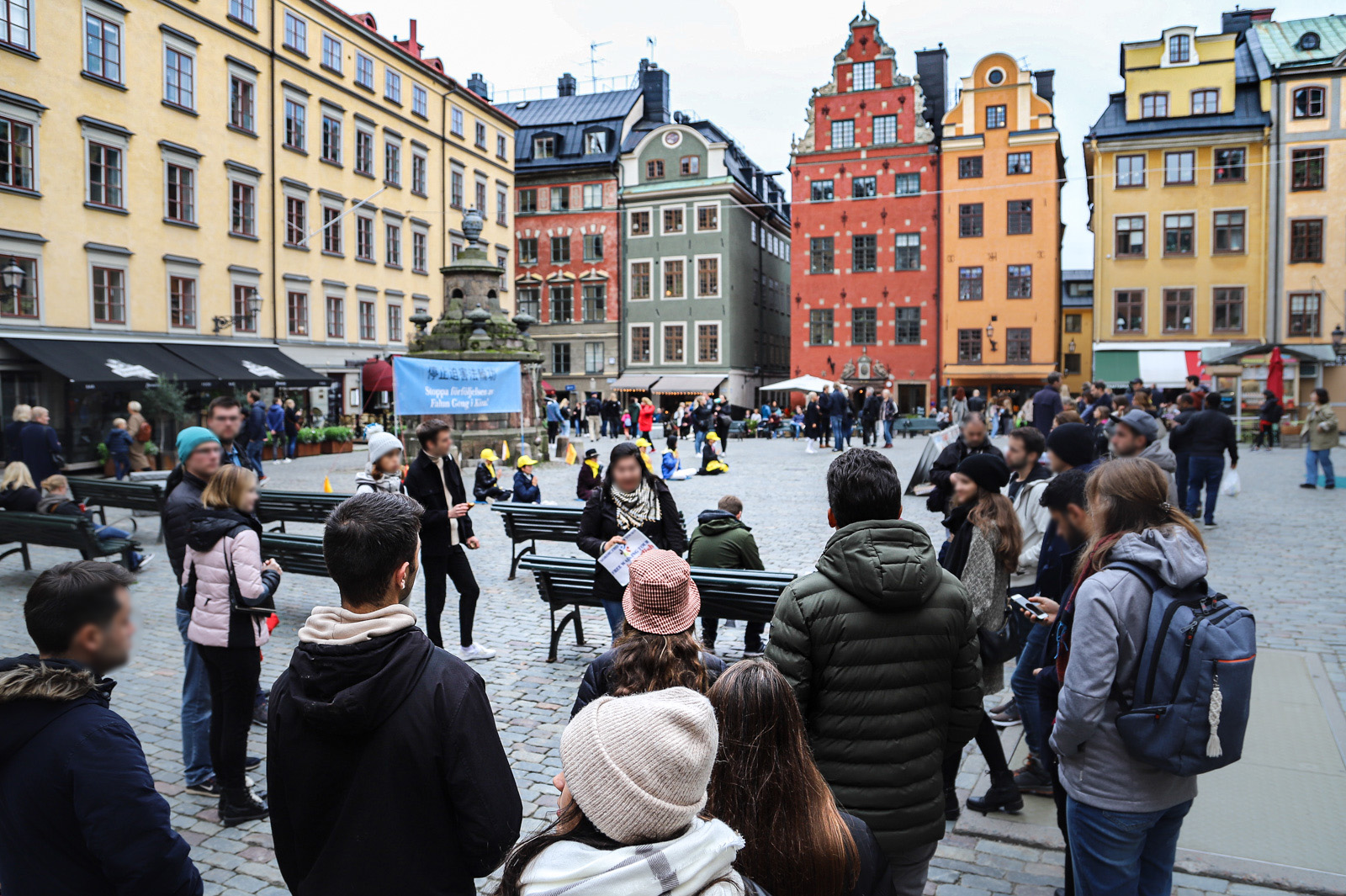
Locals, connoisseurs of the city, are happy to guide visitors through the center of Gamla Stan (in English) for free. Every day from 10 a.m. from Mälartorget 8
Visit their website to find out more!
sponsored content
Stockholm Ghost Walk
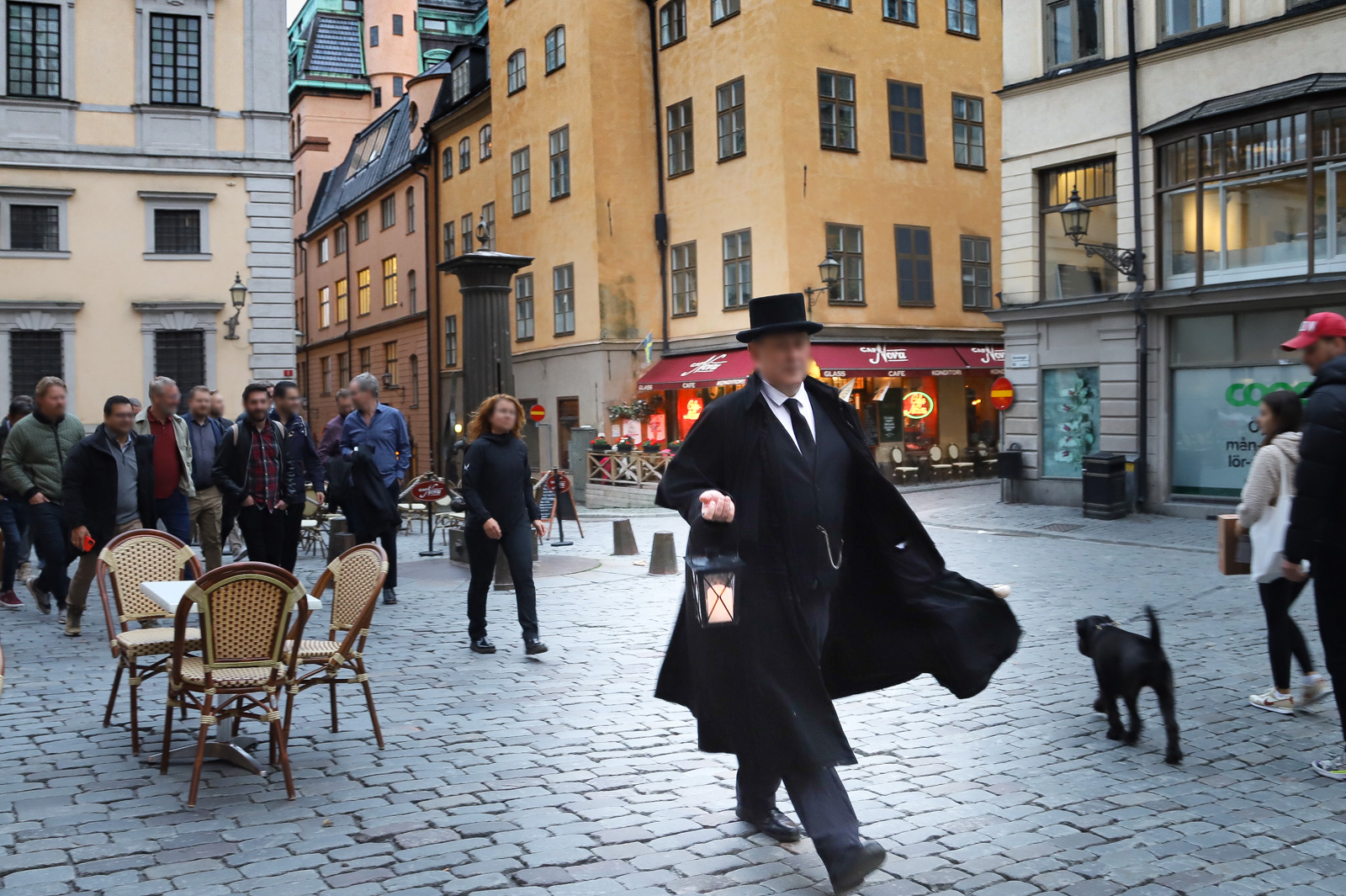
Looking for mysteries and thrills? During 90 minutes, the Stockholm Ghost Walk immerses you in the historic and unusual atmosphere of the old town by making you relive its legends, its most famous murders, its periods of epidemics when the population of the insanitary city was plagued by illnesses, and of course, its ghost stories that still haunt certain dark alleys.
Pier for Djurgarden
